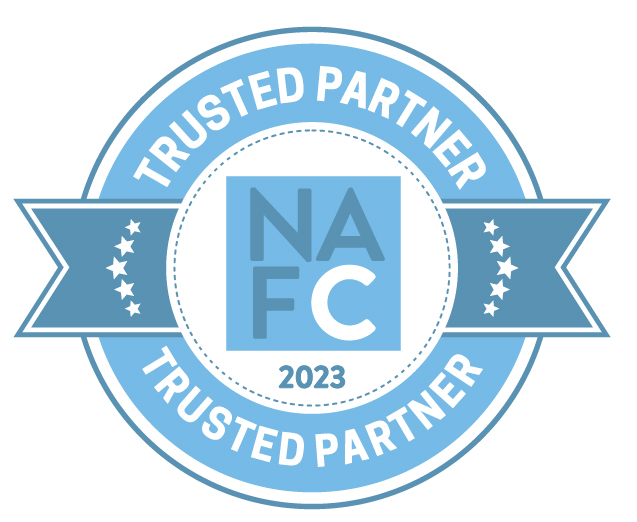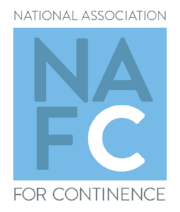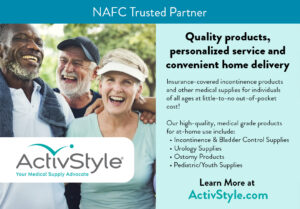Absorbent Standards
NATIONAL QUALITY PERFORMANCE STANDARDS FOR ABSORBENT PRODUCTS BEING RELEASED
A council headed by the National Association For Continence (NAFC) has finalized its recommendations for quality performance standards for disposable adult absorbent products.
December 20, 2012 (CHARLESTON, SC)—A council headed by the National Association For Continence (NAFC) has finalized its recommendations for quality performance standards for disposable adult absorbent products. Representatives of all major absorbent manufacturers in the U.S., the non-wovens trade association, five state government agencies from all regions of the U.S., recognized nursing educators in continence care, family caregivers appointed by the National Family Caregivers Association along with NAFC make up the 15-member council.
A cost saving measure undertaken by states to stem their expenditures in long-term care is the Medicaid Nursing Home Waiver, allowing community-based long-term care for qualified elderly and disabled. The Council focused on products provided to Medicaid Waiver recipients, as it has been reported that as many as three-fourths of those being cared for at home under such waivers likely have urinary incontinence, with half experiencing fecal incontinence. Contrary to what some believe, incontinence is not a normal part of growing older. The aging process is a risk factor because it contributes to a situation that allows urinary and fecal incontinence to occur.
The recommendations were publicly vetted for a 60-day period for commentary and input. They cover eight specific characteristics:
- Rewet rate – a measure of a product’s ability to withstand incontinent episodes between changes
- Rate of acquisition – a measure of the speed at which urine is drawn away from the skin
- Retention capacity – a measure of a product’s capacity to hold fluid without leaking
- Sizing options – ranging from youth and small adult to extra large and XX-large adult
- Safety – no components including additives that are listed in any Federal Regulatory Agency as being considered “unsafe”
- Presence of a closure system – allowing re-open ability
- Breathable zones – an acceptable minimum air flow in side “wings” of the product sufficient to release trapped body heat/gaseous body perspiration in pelvic region
- Performance of elastics – giving evidence of fit and functionality of containment of waste, without sacrificing comfort
Detailed steps of testing procedures are included among the recommendations, as are recommendations on how products should be submitted for independent laboratory testing and allowance for variation. Additional, cost-saving suggestions are offered, such as encouraging states to share data of tested product. A paper summarizing all recommendations has been submitted for publication in 2013 in an indexed, peer-reviewed journal and is presently “in press,” as The Council wishes to encourage distribution and use of the consensus document2. In early January, NAFC will be providing details to the Medicaid agencies of all 50 states. NAFC hopes adoption of these recommendations will take place swiftly in the U.S. and elsewhere across the globe.









